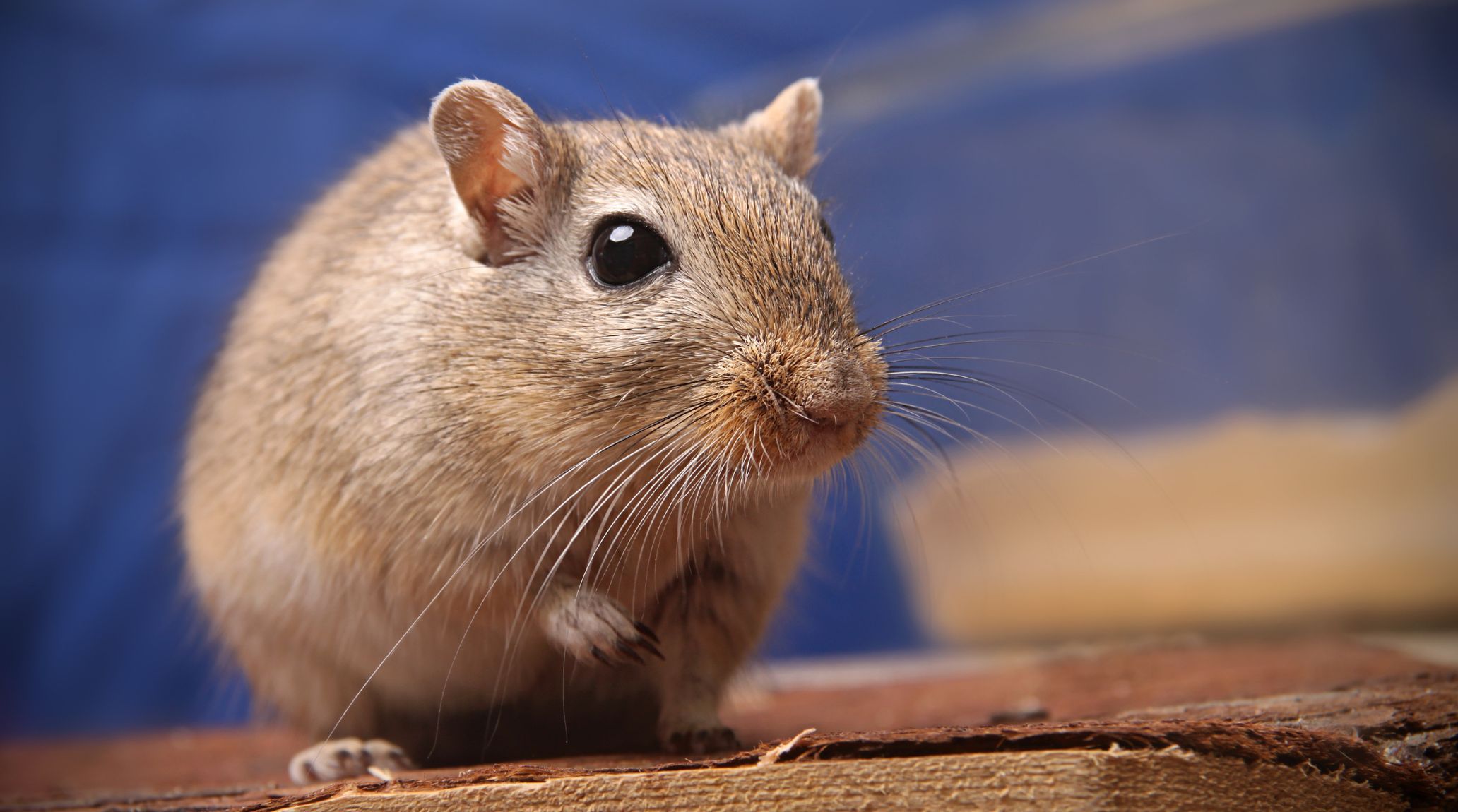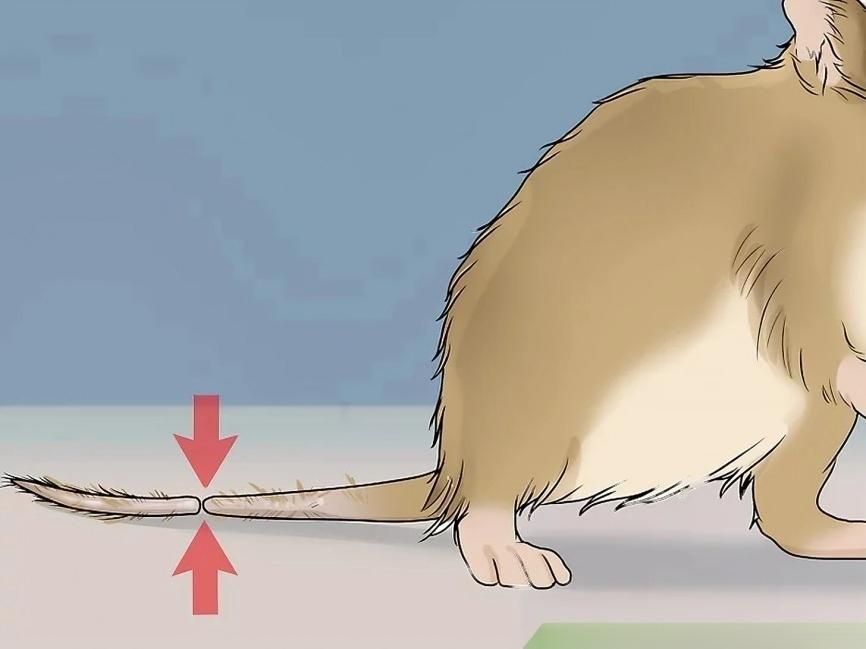
“
Gerbils, with their endearing personalities and curious behaviors, have captivated pet lovers and enthusiasts alike for decades. These small rodents, native to arid regions of Africa and Asia, are not only cherished for their gentle demeanor but also admired for their remarkable adaptations and social interactions. In this blog post, we delve into 20 fascinating facts about gerbils, uncovering their unique traits, reproductive habits, and incredible abilities. 1
1
”
Gerbils, originating from arid regions of Africa and Asia, are skilled diggers that create intricate burrows. Their long, fur-covered tails set them apart from rats, and they are diurnal, being active during the day. 1
Known for their social nature, gerbils thrive in pairs or small groups. Their lifespan averages 2 to 4 years. They communicate with various vocalizations, including squeaks and thumping sounds, reflecting their social behavior. 2
Gerbils can leap up to one foot high. This impressive jumping ability helps them navigate their environment and evade potential threats, showcasing their agility and strength despite their small size. 3
The largest gerbil species can reach up to sixteen inches in length. This impressive size makes it the biggest among all gerbil species, highlighting the diversity in size within the gerbil family. 4

Gerbils are omnivores, eating seeds, fruits, vegetables, and occasional insects. Their strong sense of smell helps them navigate and detect food. They use cheek pouches to store and transport food to their burrows.
Gerbils are believed to have played a role in spreading the Black Plague to Europe. Their fleas, which carried the plague, may have transmitted the disease to humans, contributing to the devastating epidemic in the 14th century.5
In captivity, gerbils are popular pets due to their gentle demeanor and low maintenance needs. They are relatively clean, designate specific waste areas, and show social grooming behavior as a sign of affection toward each other. 6
In May 1983, a Mongolian gerbil owned by S. Kirkman in Bulwell, Nottinghamshire, UK, had 14 babies. Earlier,in the 1960s, geneticist George Meares of St. Petersburg, Florida, USA, recorded a litter of 15 using a special food formula. 7
Gerbils need a cool habitat to prevent heatstroke. They are adaptable and thrive in various environments. Quick learners, they can be trained to respond to their names, making them engaging pets. 8
Gerbils can lose their tails if handled improperly. Their tails are delicate and can detach if pulled or stressed, so gentle handling is crucial to prevent injury and ensure their well-being. 9
In California and Hawaii, it is illegal to own gerbils. These regulations are in Californian places to prevent potential ecological impacts and protect native wildlife from non-native species that could disrupt local ecosystems. 10
Gerbil incisors grow continuously throughout their lives. Chewing on hard materials helps wear down their teeth and prevent overgrowth, which is crucial for their health and well-being. 11
Gerbils are highly attentive parents. Their young stay with them for an extended period, during which the parents provide close care and guidance. This involvement ensures the young gerbils develop well before they become independent. 12
A Mongolian gerbil named Sahara, born in May 1973 and owned by Aaron Milstone of Lathrup Village, Michigan, USA, passed away on October 4, 1981. Sahara lived to be eight years and four and a half months old. 13
Gerbils construct elaborate nests using shredded bedding, hay, and their fur. This behavior is common in both the wild and captivity, providing a comfortable and secure environment for resting and breeding. 14
Gerbils have highly efficient kidneys, allowing them to extract water from their food and survive in arid conditions. This adaptation is crucial for their survival in their natural, dry habitats. 15

To escape predators, gerbils can shed part of their tail. The detached tail continues to twitch, diverting the predator's attention while the gerbil escapes to safety, showcasing their survival instincts.
Female gerbils have a short gestation period of about 24-26 days, allowing them to produce multiple litters annually. Interestingly, gerbils may sometimes eat their own babies, a behavior thought to be related to stress or nutritional needs.16
In captivity, gerbils typically live for about 2 to 4 years. With a proper diet, a suitable environment, and regular veterinary care, their lifespan can be extended, ensuring they remain healthy and happy pets. 17
Gerbils exhibit high curiosity and intelligence, exploring their environment and learning from interactions with objects and other gerbils. This behavior highlights their adaptability and engagement with their surroundings. 18


